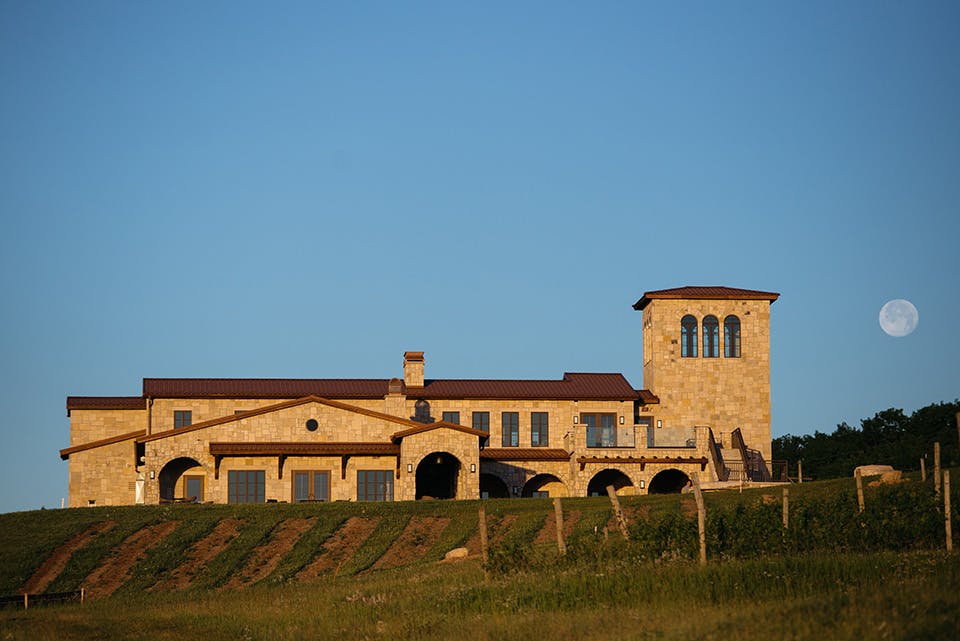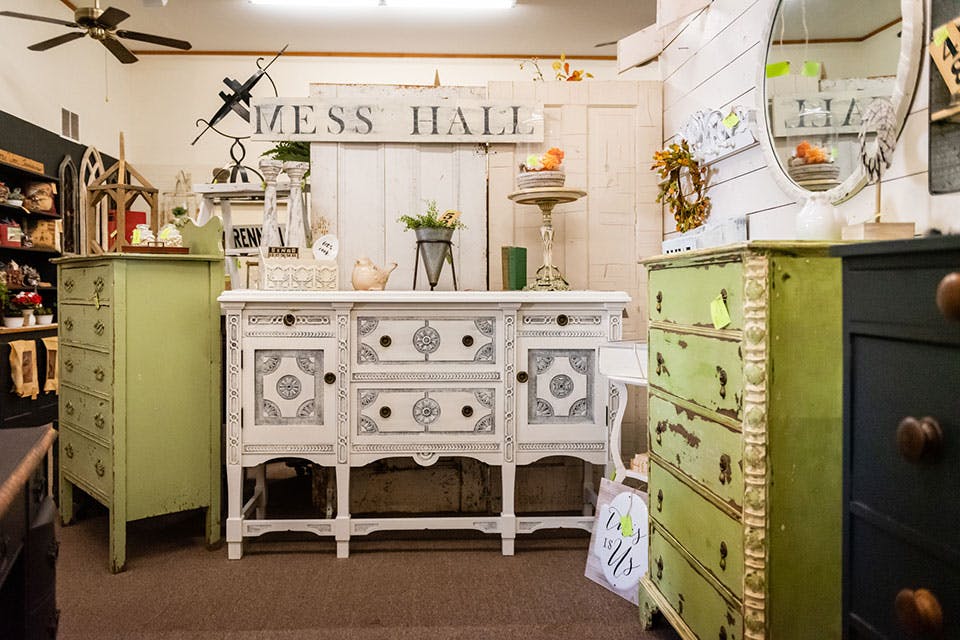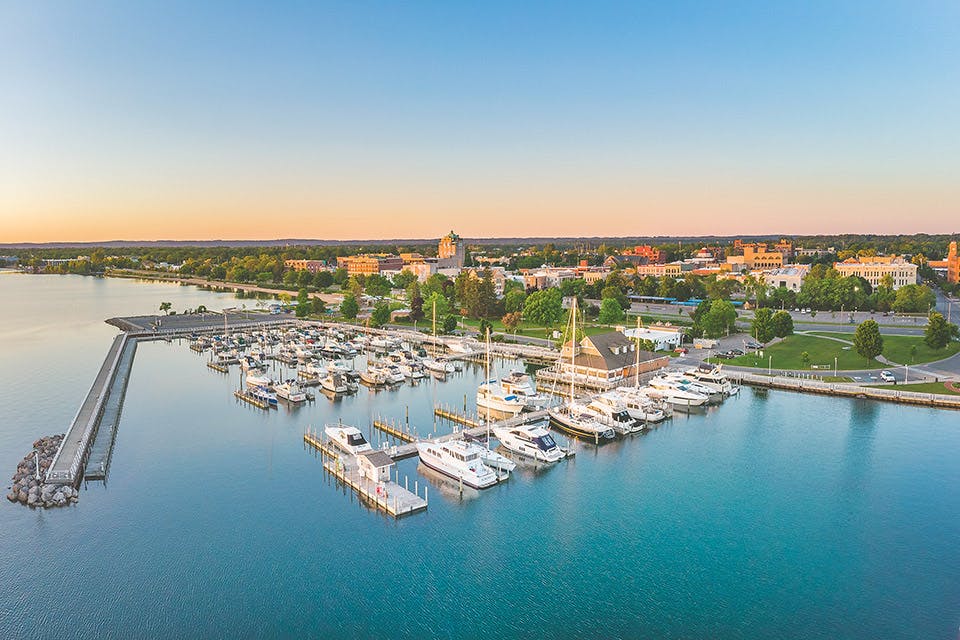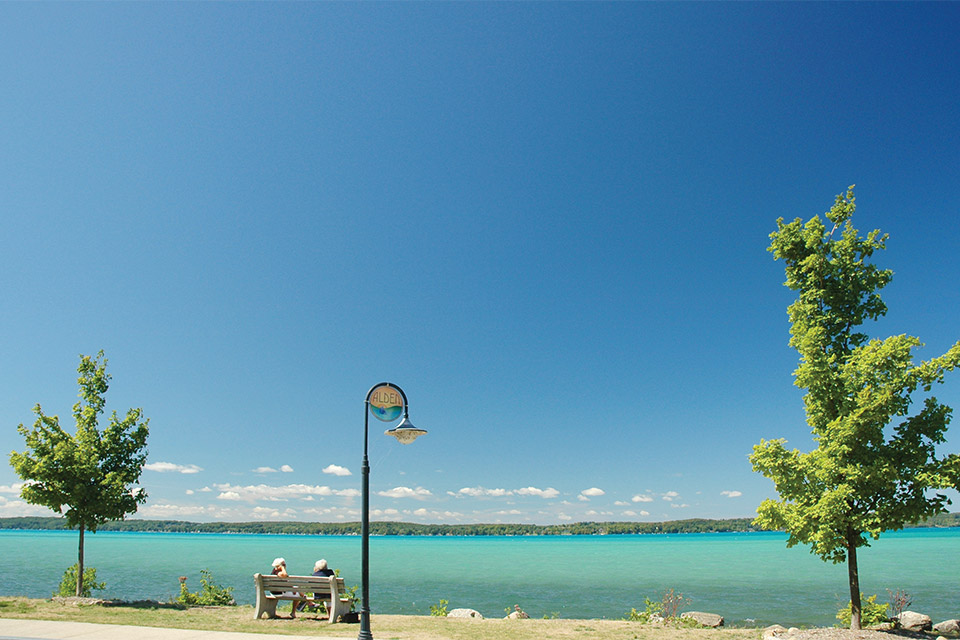Travel
| Long Weekends
Michigan: 5 Places for On-the-Water Fun
The Great Lakes State’s offerings are plentiful, whether you’re looking to explore inland lakes, winding rivers or adventures along the shore.
Related Articles

6 Michigan Wineries to Try this Season
Our neighbor to the north has more than 160 wineries. These picks showcase a mix of what’s being made in the Great Lakes State. READ MORE >>

5 Michigan Breweries to Visit This Fall
If you’re heading north this fall, check out these breweries that show why beer is such a big deal in the Great Lakes State. READ MORE >>

Antique & Handmade: 4 Great Michigan Spots
Whether it’s something wonderfully vintage or beautifully handcrafted, Michigan offers a wealth of places to find that special something. READ MORE >>





